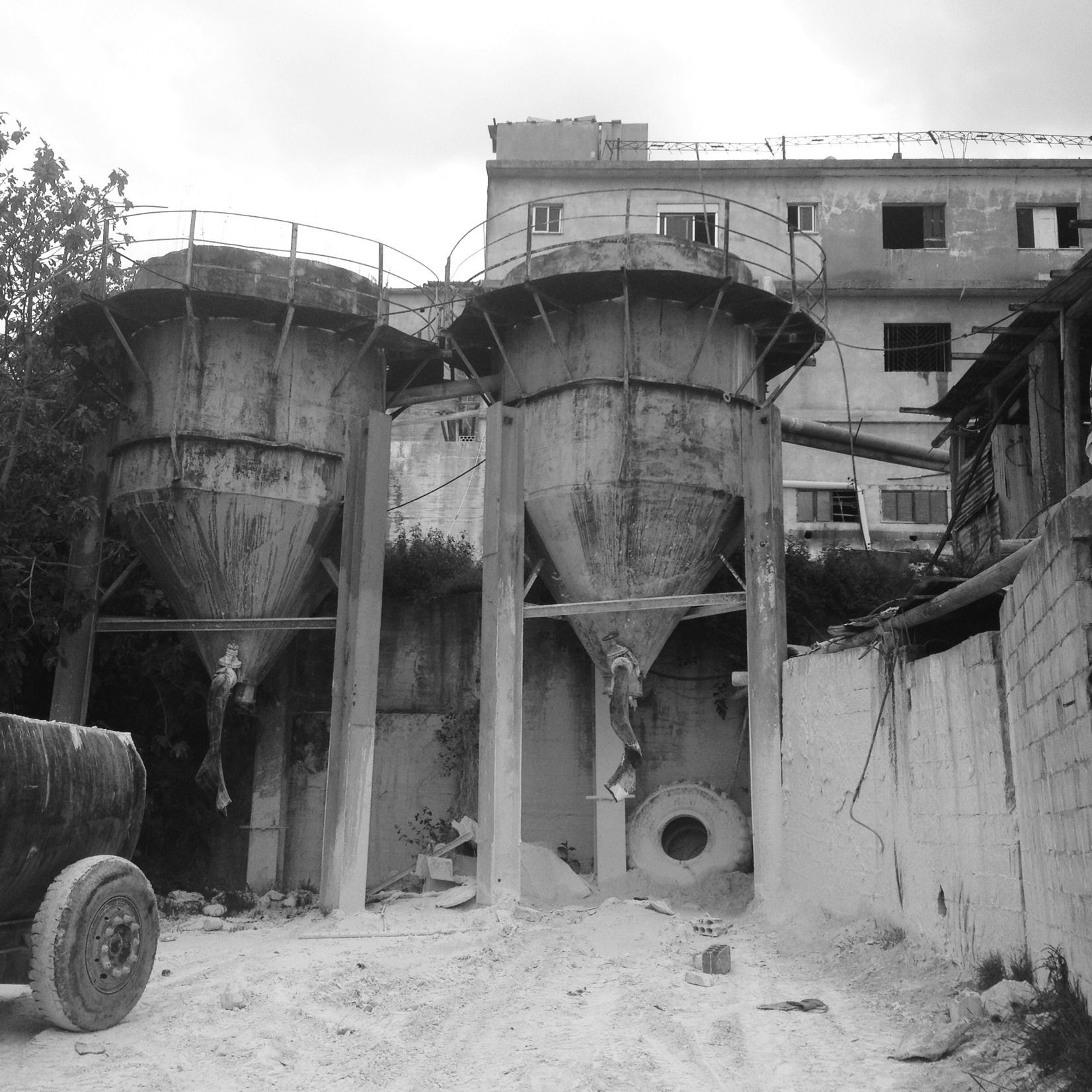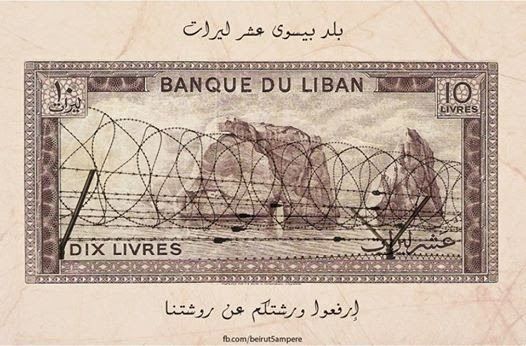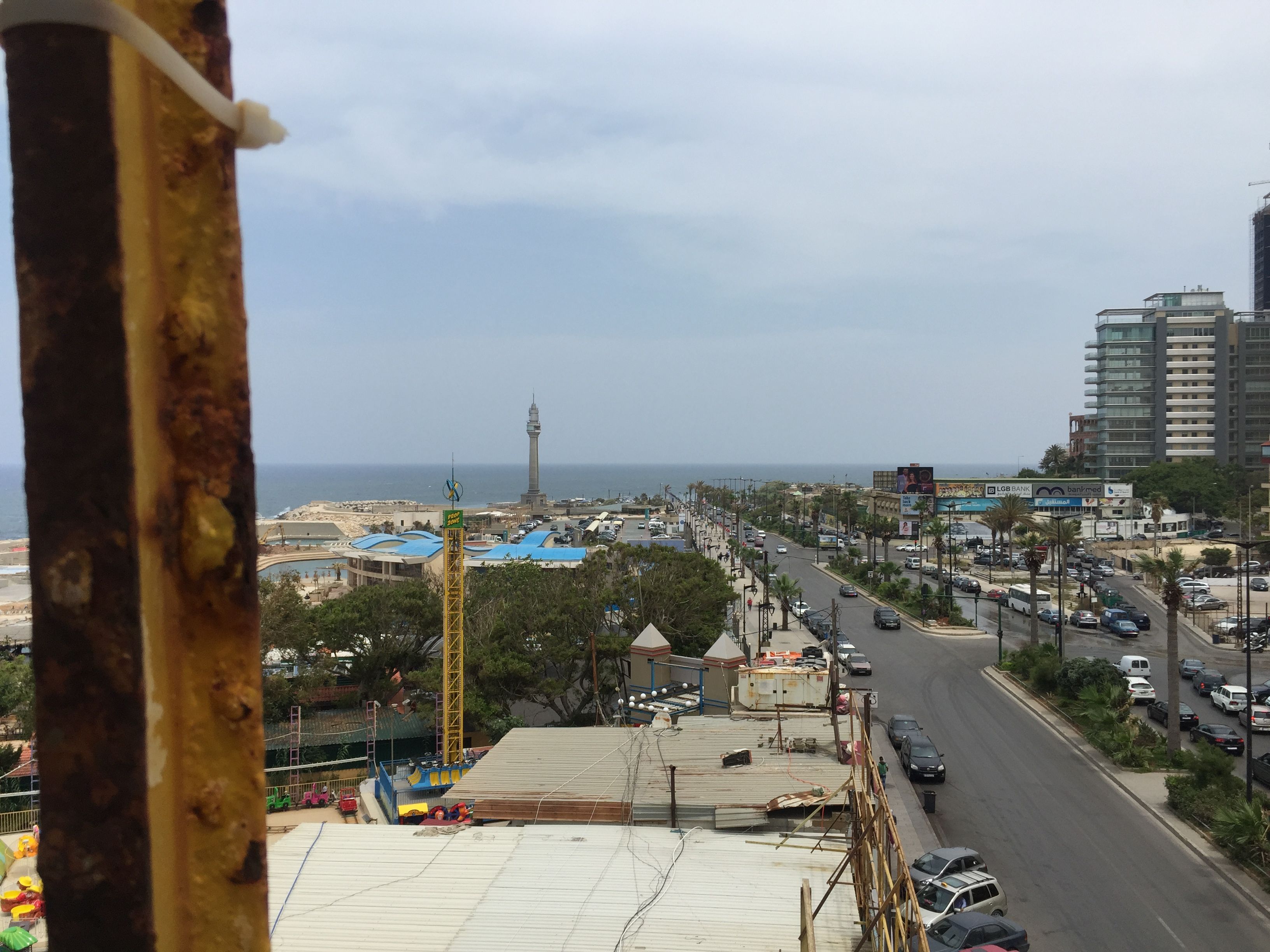Definitely yes and this is another form of war happening here, the war against privatisation, against demolition of cultural heritage, ancient hippodromes and traditional Lebanese houses among so many other things. In the absence of social infrastructure and above all government to say the least (the president’s seat is vacant since 25th May 2014), real estate companies and private investors have no end-point. All these projects are benefiting a very small class of already wealthy people. In the shadow of skyscrapers promoting ridiculously immense apartments, the voices of activists and civil society is low, although growing……(this interview happened before the popular protests that started on August 22nd, 2016 by "YouStink" movement and against corruption. Exceptional decrees have become normalized, laws and regulations are being transgressed everyday but this is not refraining cultural organizations, museums and independent curators to attempt to operate within this complex and tedious reality, which from a personal perspective can be highly interesting and much more challenging. Every breach of change, as tiny as it can be, brings a lot of hope and empowerment to the civil society and we need that! Therefore my focus with Temporary Art Platform is to encourage ‘contextual’ practice, be it through working in the public realm or activating research topics in the arts on critical subjects and issues emanating from the context.






